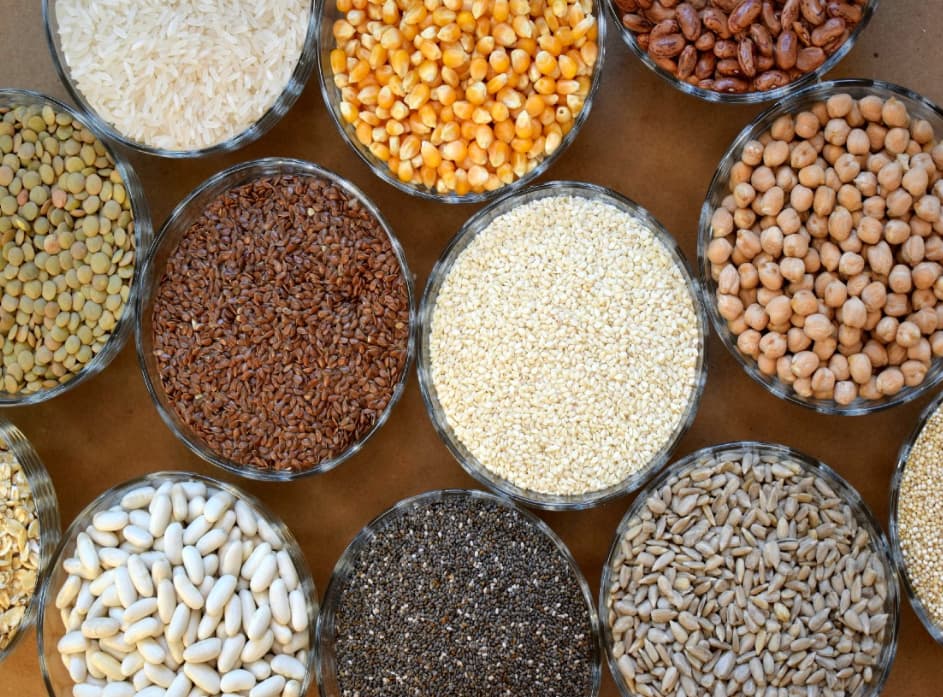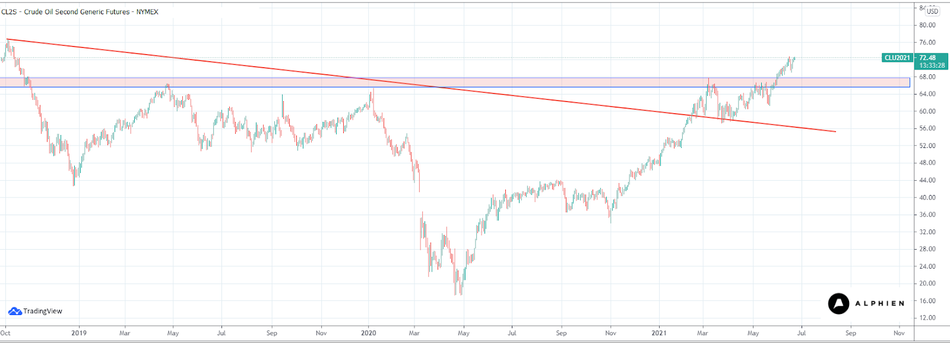Global Macro/Metals
Transient inflationary pressure, due to the post-covid opening of the economy, does not seem to be impacting the market as central bank rhetoric (at least in the US) is focusing on unemployment. The year-on-year core PCE price index is reading +3% in April, a 29-year high, and is still acting as a tailwind to the gold market (up 7.6% against the USD in May and flat YTD). The latest employment numbers were below market expectations and reassured the market that the US economy is not overheating but at the same time growth prospects for China1 and the European block seem very promising. The growth in Copper demand is increasingly coming from outside China with another strong month for base metals. Worth mentioning that Green infrastructure projects in the US and Europe are of the order of magnitude seen in China a few years back and is believed to be the source of the ‘new secular bull market in commodities’. Commodities is more and more seen as the inflation hedge of choice, uniquely decorrelated with Equities and Bonds markets which should be benefiting from raising rates even if QE tapering is not expected to start before early 2022.
Energy
Oil market remains in a deficit while OPEC+ is waiting for an inventory normalisation before increasing quotas, with production taking some time to adjust compared to the large increase in demand under post-covid normalisation. The next few months could have the market squeezing price as shale response appears to be slow (with limited pressure on the back-end of the curve). The earlier than expected restart of negotiations with Iran last month had made its ramp-up in exports just a question of timing. The marginal capacity between OPEC+, shale and Iran will probably have the market rebalance itself lower in Q3 / Q4. Given the high price of oil, compliance to cuts by the cartel will probably be harder to enforce. Higher coal and emission prices have helped lift global gas prices significantly for the past 2 months.
Crude Oil
Agriculture
With corn, about twice the price it was 1 year ago, it is no surprise that planting progress is ahead of expectation. Elasticity of supply on corn may surprise the market as prices show great incentive for farmers to rotate to corn whenever they can. China rhetoric on trying to control price had just the effect of increasing short term volatility. Over the longer term, lower old crop inventory and higher exports does warrant some caution but the market is expected to be balanced with an overbought position not justifying the high price of corn where it stands. Corn volatility reached a new high with an intra-month rally up to 732 $/bushel finishing the month around 600$/bushel (17% lower) but still 35% up year to date. Soybean followed the same type of regime although less extreme. Weather will be very important in the next few weeks given that a lower expected crop would put the market in deficit.
Volatility
There was no cohesion across sectors in volatility moves throughout May, except maybe that no sector saw drastic changes. It is slightly down in the equity sector (VIX down from 18.61% to 16.76% and Vstoxx down from 20.63% to 19.09%) in line with a healthy consolidation in equity prices. It is also down in the agricultural sector after overheated underlying prices have been mean-reverting (from 22% to 20% for soybean and 46% to 37% for corn). For precious metals on the other hand, the market has grown more nervous as the underlying prices continue their uptrend and are getting close to January highs, translating into a moderate increase in implied volatility (from 11% to 13% for gold and from 25% to 30% for silver). The market also showed more signs of nervousness in crude amid the correction in underlying prices, with implied volatility up (from 32% to 37%).
Source: Four Elements Capital


